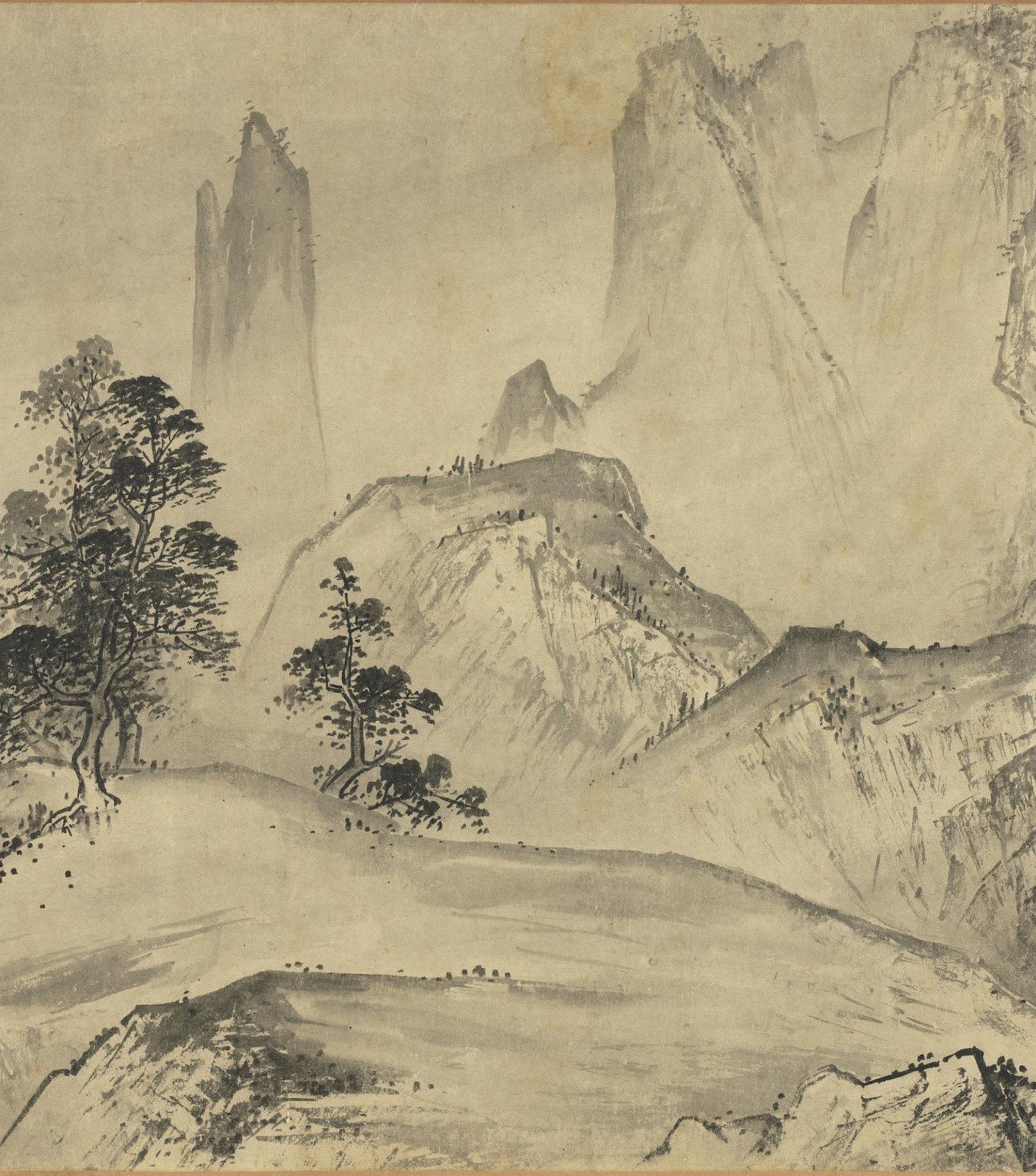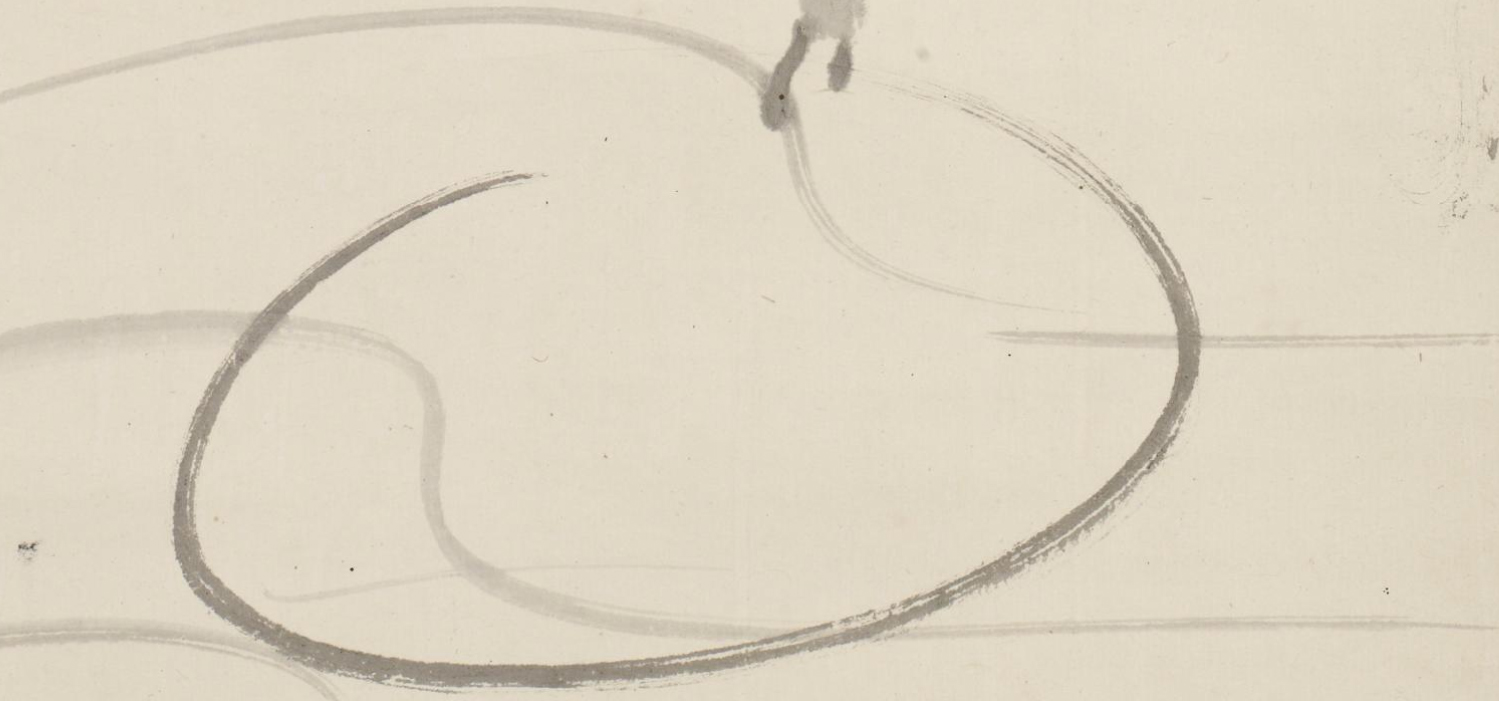
Crecidas de otoño es una página de pintura de China, Japón y Corea.
Copyright © / Crecidas de Otoño
-Template by : Urang-kurai / powered by :blogger
-
Ocho vistas de Xiao y Xiang Yokoyama Taikan 1912 Japón Color sobre seda, 113,3 x 606,0 cm Comentario en emuseum.jp: Estas pintu...
-
Poeta en la cima de una montaña (杖藜遠眺) Shen Zhou (沈周 1427-1509) Dinastía Ming China Tinta sobre papel, 38,7 x 60,3 cm Inscripción "白雲如帶...
-
Metempsicosis (生々流転) Yokoyama Taikan (横山大観 1868 - 1958) 1923 Japón Tinta sobre seda, 55,3 x 4070,00 cm Inscripción: "大正癸亥八月大観作&quo...
-
Junto a un camino de montaña en primavera (山徑春行圖) Ma Yuan (馬遠 1160-1225) Dinastía Song (960-1279) China Hoja de album, tinta y color sobre ...
-
Ocho vistas de Xiao y Xiang (瀟湘景) Mu Qi (牧谿法常) Dinastía Song China Tinta sobre papel, 32,0 x 110,0 cm cada uno aproximadamente. Esta ...
-
Viajeros entre montañas y arroyos (谿山行旅圖) Fan Kuan Dinastía Song (960-1279) CHina Rollo colgante, tinta y color sobre seda, 206,3 x 10...
-
Ciruelo bajo la nieve (雪梅圖) Yang Wujiu (揚無咎 1097-1169) Dinastía Song China Tinta sobre seda, 27,1 x 144,8 cm (pintura) 27,1 x 640,0 cm (comp...
-
Nueve dragones (九龍圖) Chen Rong (陳容) Dinastía Song 1244 China Rollo horizontal, tinta y color sobre papel, 46,2 x 958,4 cm (imagen) Prim...
-
Mono alcanzando la Luna Yoshimura Shuzan (吉村周山 1700-1773) 1766 ? Período Edo Japón Tinta sobre papel, 49,0 x 120,0 cm Firmado como "Hog...
-
Doce estudios del agua (二十水圖) Ma Yuan (馬遠/马远, 1160–1225) Dinastía Song China Rollo de mano, tinta y color en seda, cada seccion 2...
-
▼
2018
(146)
-
▼
agosto
(16)
- Fukuda Kodōjin - Mono tocando el reflejo de la Luna
- Sesson Shukei - Cinco gorriones sobre bambú
- Kanō Tsunenobu - Paisaje en tinta salpicada
- Matsumura Keibun - Ciruelo y Luna
- Matsumura Keibun - Vaca y granjero
- Matsumura Keibun - Gorrión y araña
- Nagasawa Rosetsu - Ave sobre ciruelo
- Takahashi Sōhei - Roca taihu y banano
- Tsubaki Chinzan - Loto y sauce bajo la Luna
- Ike no Taiga - Bambús y caligrafías
- Hoashi Kyou - Música bajo la Luna
- Totoki Baigai - Vivienda junto al arroyo
- Nakabayashi Chikuto - Paisaje de verano
- Wu Changshuo - Orquídea
- Gong Xian - 16 Paisajes con poemas
- Gong Xian - Paisajes de doce meses
-
▼
agosto
(16)
-
►
2017
(234)
- ► septiembre (20)
Blogger templates
Popular Posts
Datos personales
Archivo del blog
Con la tecnología de Blogger.






























































